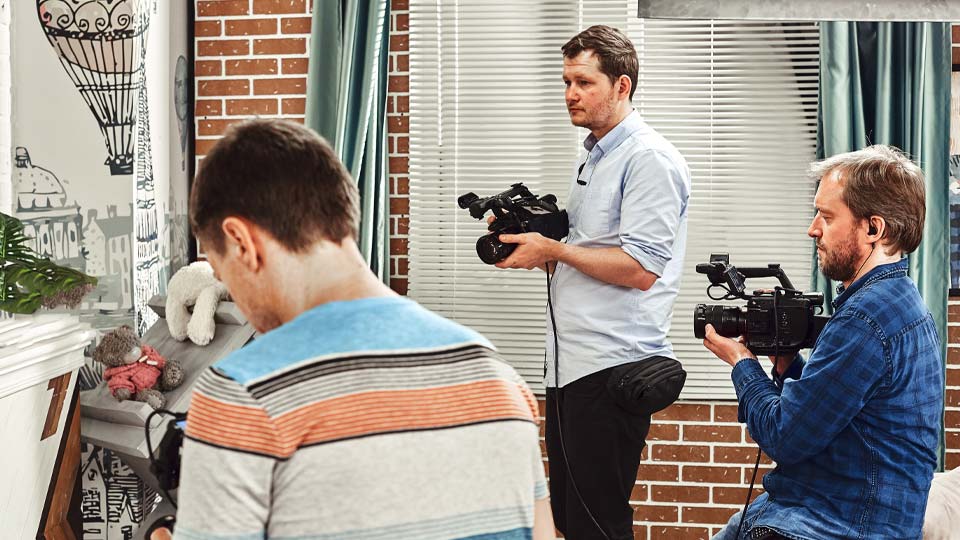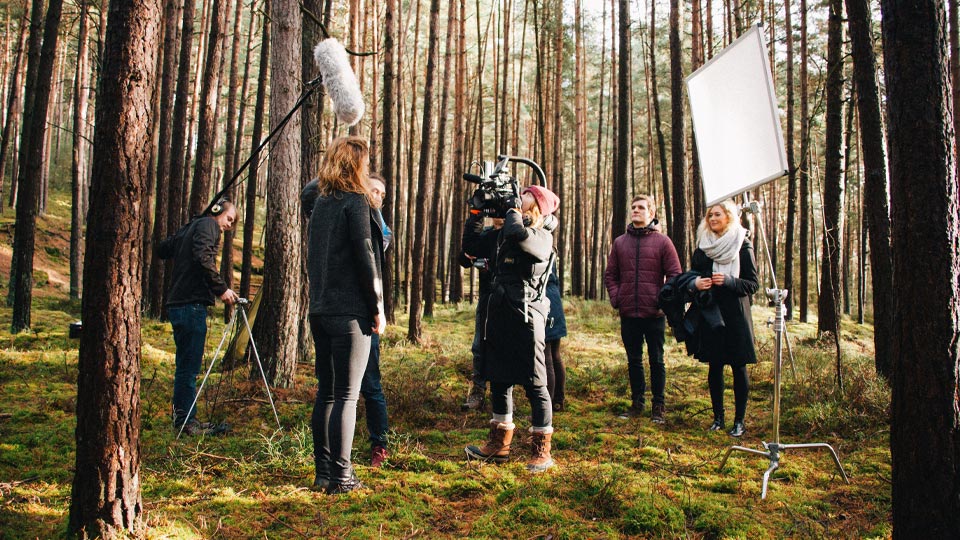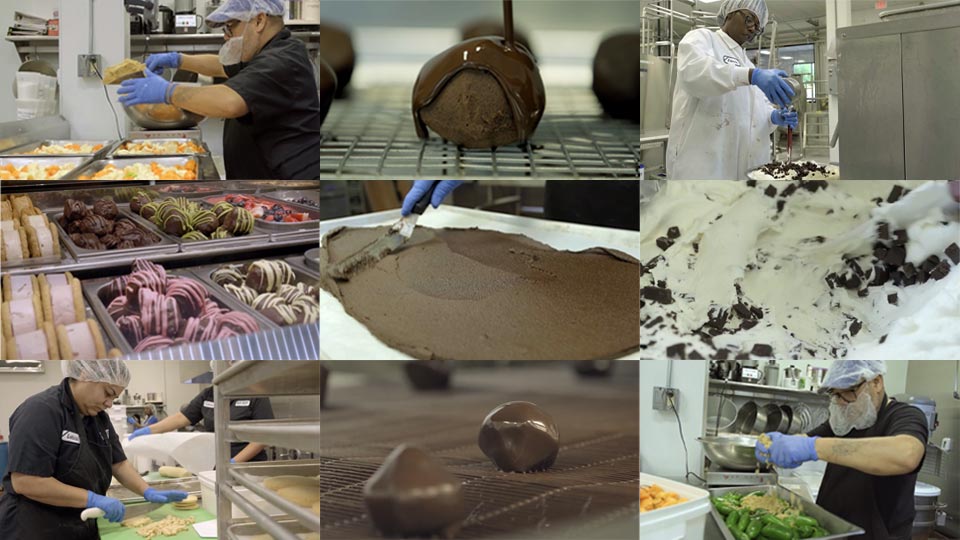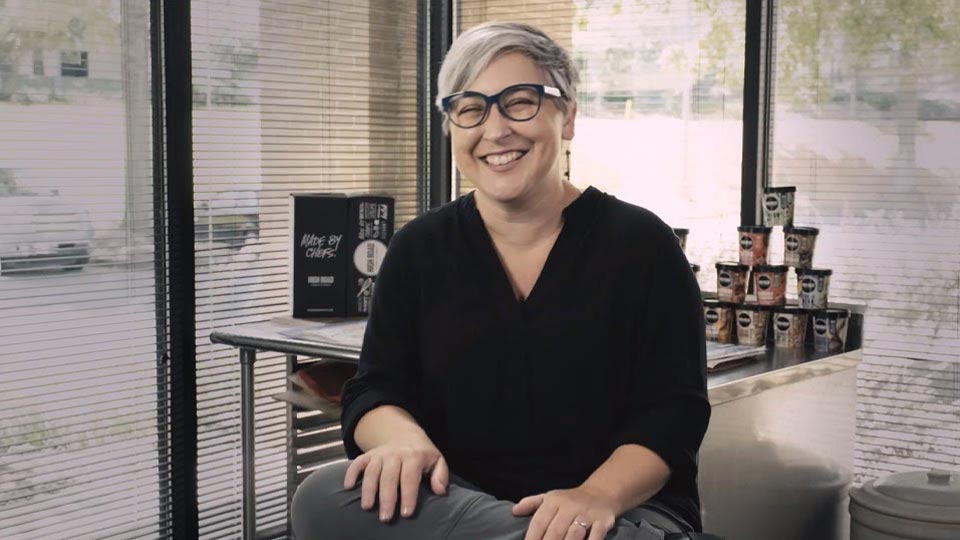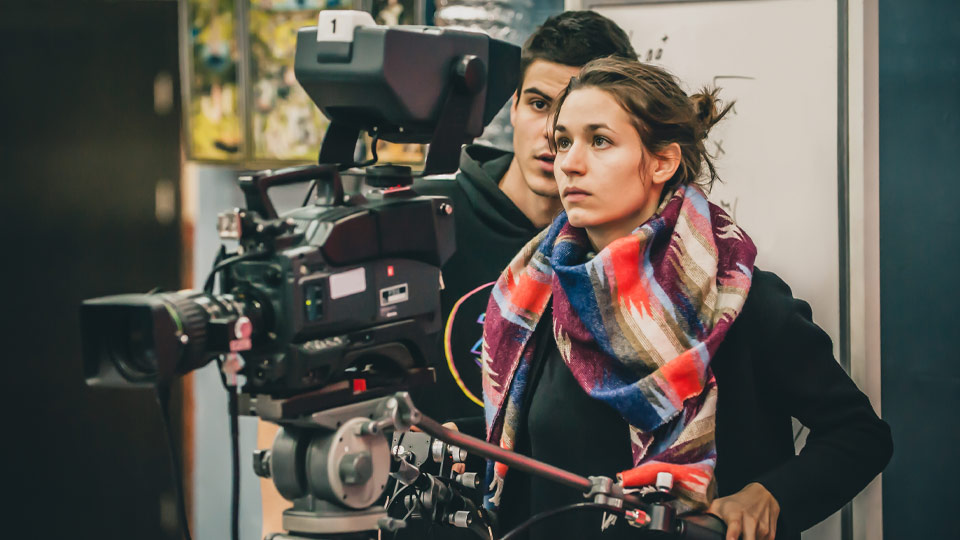
People Are More Important Than Tech
In a previous post, I said you should always start with “two” when starting your creative team. As you look to retain and expand your team, you need to understand that people are much more valuable than any technology.
There seems to be an infatuation with technology in the creative field. “What cameras are you using, what software, what computers, what lights, what microphone,” etc. All the technology doesn’t matter if you don’t have the right people. You can have the best equipment in the world, and get lousy people to operate it, and guess what. You’re going to get lousy stories.
You give really good artists just about anything and they’ll figure out a way to tell a really good story. It doesn’t matter what tools they have, they’ll find and deliver the story.
So when you’re expanding your creative team, understand that if you want the best stories, best designs, the best communications, it’s all about the people.
It’s NOT about the rockstars. “I need to find a rockstar videographer. I need to find a rockstar designer.” So many job postings look for the ‘rockstar’ when you really need to find the right combination of people to tell the best stories.
If you have all ‘rockstars’ you might have all egos. That usually breeds tension, and tension leads to teammates not wanting to work with each other. And now, you’ve got the best talent money can buy, but you’re getting less creative output and the stories are not as strong because nobody wants to work together.
The most important aspect of hiring creative is understanding how these people are going to fit together. That doesn’t always mean hiring the person that has the most experience or who has the best portfolio. It’s about hiring the person who fits into that role and meshes well with the rest of the team. Can this person work with the rest of the team, can they all come together and lift each other up, push each other to create the best content possible?
I find that a combination of ‘veterans’ and ‘newbies’ leads to fantastic creative content. The newbies have all these wonderful ideas from a completely unique perspective. They don’t know what they don’t know. The veterans, well, they’ve been around and understand the importance of delivering the idea within budget and on time. So take that awesome idea from the newbie, blend it with the experience of the veteran and you have the potential for awesome new projects that are managed to be delivered as promised.
From an operational perspective, when you have an established creative team, they know your workflows and they know the clients (internal and external). So they bring efficiency to every project just by the very nature of being around. If you treat your personnel as expendable “because, I can get anybody to just sit here and run this computer for me and do my video editing” you’re going to be stuck in a cycle of inefficiency and most likely less than optimal storytelling.
So if you’ve got a good creative team, hold on to them for dear life. If you want to expand your creative team, understand that the blending and the mesh of the people is far more important than any technology that you have. And hiring the right person for your needs may not necessarily be the best person on paper. It’ll be the best person who fits into your team and elevates everybody.
One Project, Maximum Content
The best way to get maximum content out of any project is to go into it thinking about all of the ways you can repurpose the content. After you do the main story, the main feature, the main graphic, whatever it is, video, photography, motion graphics, print, design, billboard. Whatever you’re designing, how many other ways can you use the raw and finished materials, so that you create once, repurpose multiple times.
Here’s a fantastic example I did recently. This particular project was to introduce a new product to shoppers at a grocery retailer. The idea was to get the shoppers of that retailer to want to buy the product. Simple right? I spent two days shooting in and around the product production factory shooting the various processes. Then I spent one day getting interviews with the principles of the company.
From that footage I put together the ‘main feature story’ which ran about five minutes. That was the primary objective of this project. A video story designed to get shoppers excited about this product that was now available in their favorite grocer.
Going into this project, I had already decided that when I got to the various processes in the factory, I was going to film the entire process, start to finish, as much as possible. Instead of spending 5 minutes getting pickup shots, I would spend 20 – 30 minutes overshooting the entire process because that footage could later be repurposed for Instagram, Twitter/X, TikTok, LinkedIn, or whatever.
From that initial five minute ‘feature project,’ I created over 40 pieces of content. 60 second videos of a single process. 30 second videos of just part of a process. Single sound bites. 10 seconds of just one shot, like chocolate being poured over cookie dough or ice cream sandwiches going down the assembly line.
My plan to create all of this content was already in place before I started filming. I was going to spend 3 days filming this project anyway, so why not maximize my time? One project for a specific grocery retailer turned into 40+ pieces of content for the main company and many other retailers where the products were available.
To get maximum efficiency and content out of your time, never go into any project thinking about just the main objective. Have it in your mind before you even start the project, ‘How else can I repurpose all this content?”
By Walter Biscardi Jr.
Walter Biscardi Jr. is an Executive Creative Director and a 30-year veteran of storytelling and branding for a global audience. He’s built multiple creative operations encompassing video, graphic and web design while managing teams of up to 100 people. He’s created original content for brands and networks such as Food Network, PBS, CNN, The Weather Channel and Sky News, Sesame Street, PING, The Home Depot, Georgia-Pacific, High Road Craft Ice Cream, The Carter Center and the Bill & Melinda Gates Foundation. He is a LinkedIn Learning author, writer for CreativeCow.net and on WalterBiscardi.com. He’s also the Creator of Contemporary Living Network, a lifestyle SVOD featuring quality edutainment and actionable, real-time purchasing. We call it, Life Worth Living. Credits and honors include multiple Peabody, Emmy and Telly Awards.


